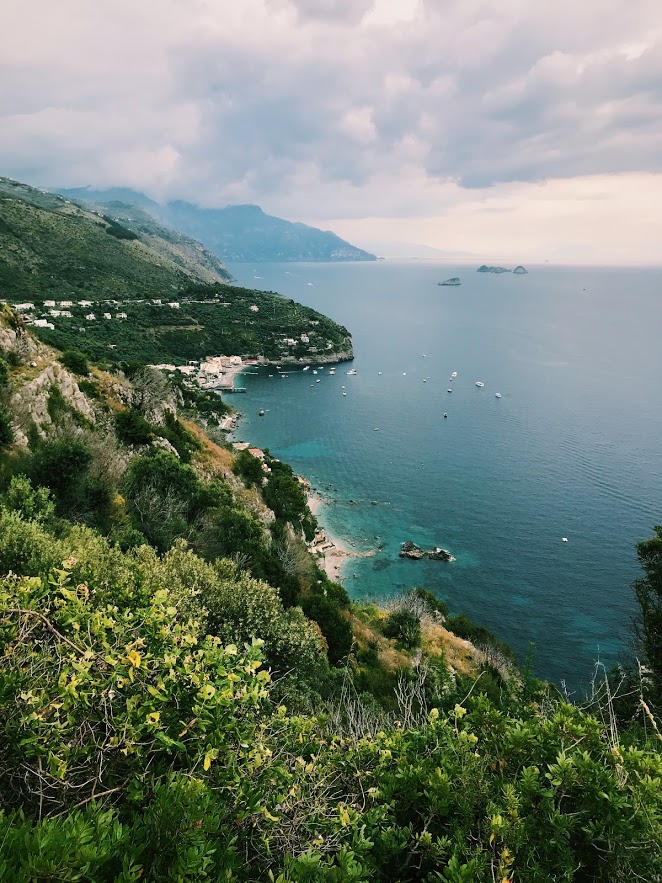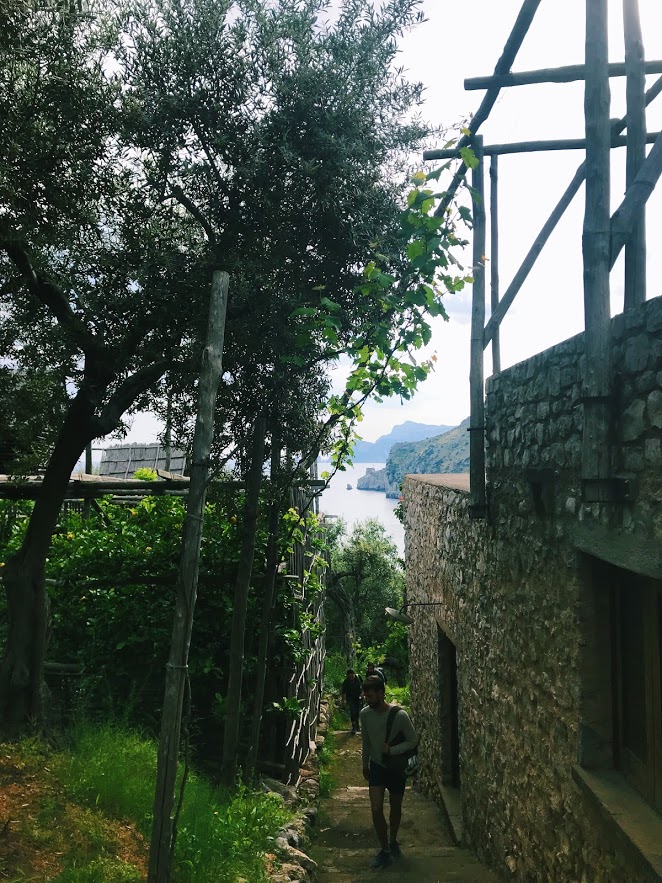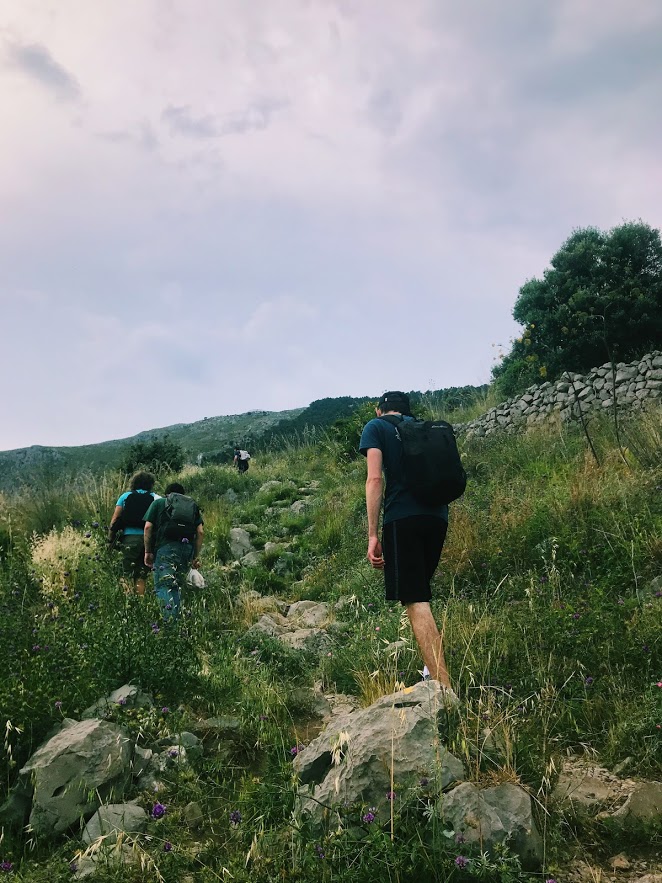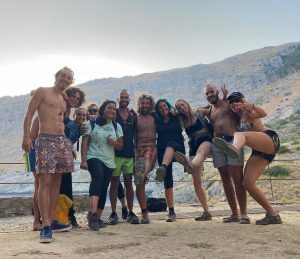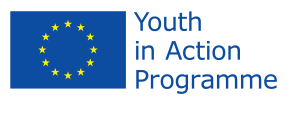Updated on June 7, 2019
The Park from the eyes of our intern Sara
These first few days at the MPA of Punta Campanella have been insightful and exhilarating. I began my role here by researching what exactly a Marine Protected Area means, specifically focusing on MPA’s in the United States to compare. I then got to learn more about the MPA here in Ieranto Bay and the groups that work together to protect it. Under the Marine Protected Area of Punta Campanella there is Project M.A.R.E. (Marine Adventures Respecting the Environment), which is made up of a group of ESC volunteers (European Solidarity Corps, funded by European Commission to involve youngsters in active citizenship through cultural exchanges). Lead by Domenico Sgambati (Mimi), it is a diverse group from various places across Europe and Africa that are here for 9 months to participate in multiple initiatives. These activities include park monitoring and data collection, public info and awareness, beach cleanings, census of marine life, guided tours, and more. There is a cycle between park monitoring to ensure proper behavior within the MPA, conservation plans to find the best way to go about protecting the ecosystem present, and awareness with the people to understand the importance of marine life preservation. Overall, the goal is to create a connection between the people and the sea.

Park Management
The park is divided into 3 zones (A, B, and C). The A zone is the most restricted area, where only
authorized scientific research, service activities, and guided diving are the only things allowed. These areas are small zones and are mostly there to promote the spillover effect. This is when there is a movement of organisms from such marine reserves to surrounding fishing grounds. Fish will grow up, reproduce, and prosper in these zones and then spill out into surrounding areas. Zone B, where Ieranto Bay is located, is slightly less restricted. Unauthorized motor boats and diving, anchoring, and fishing is prohibited. However, things like boats with electric motors, pedal boats, kayaking, sailing, and authorized tours are allowed. Zone C is the most lenient area where most everything is allowed with the exception of unauthorized professional and sports fishing.
On my first weekend here, I got to accompany Mimì and the volunteers on my first trip to Ieranto Bay. As there is no road access directly to the bay, we had to hike up from the closest small town of Nerano. It was about a 30-minute hike, more or less, with the most beautiful views of the coastline. Once over the mountain, you can see the bay below and Capri in the background. At the bay, we share the office of FAI (Italian Environment Fund). We split into smaller groups and each set out to perform various activities.
Working in the sea
I began in the kayak with park monitoring where I learned about the differences between authorized and unauthorized boats that come into the bay. With monitoring, we have to account for all the boats that enter and keep track of the statistics for each one, such as whether it has authorization, what type of boat it is, where they came from, whether or not they knew it is an MPA, and more.
Working on the land
After monitoring, I got back on land and we also took some data on the amount of people there on the beach and in the water. I then got learn a little more about the old quarry present there and the history behind it. It closed down around 70 years ago, but back in the day the limestone there was transported onto boats and then taken to Napoli for building.

Then, we got back in the kayaks for a little and did some more personal exploration around the bay to get to know it a little better. Towards the end of the day we all met up and shared our findings and talked about our experiences throughout the day. We then began the somewhat intense hike back up that mountain back down to Nerano. The hike up could be fairly steep at some points, though the view is so surreal you forget how tired you are.
At office
On Monday we came into the office and learned more about the park here and what exactly we are working to protect. Our MPA’s ecosystem consists of 3 different levels. There is the sandy bottom that contains Posidonia and algae, the rocky bottom that has coral and caves, and the water column that is home to medusa, various fish, and sea turtles. We learned how there is a large amount of upwellings in Ieranto Bay, so we see more deep-sea organisms that we wouldn’t normally see. Overall there are 132 species accounted for in the bay. Though, the main organism that I am constantly hearing about is Posidonia, a seagrass species that is local to the Mediterranean region. It is extremely vital to the marine ecosystem here. It protects against erosion caused by the waves during storms, acts as a host for several small organisms to live on, and is a huge source of oxygen which is the basis for a diverse and healthy marine environment. This is why the park monitoring is so important as then engine of motor boats and any sort of anchoring would potentially destroy the sea bottom there. Therefore, any boat that enters the bay should attach themselves to buoys set up by the MPA instead. We also learned about the threat of date mussel fishing, which destroys not only the mussel but also the surrounding organisms and the environment where it comes from.




